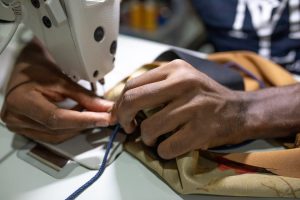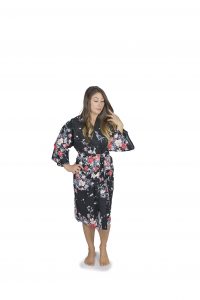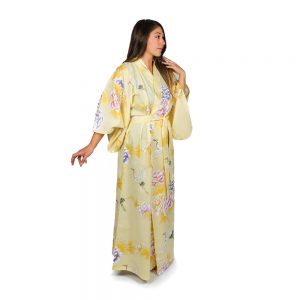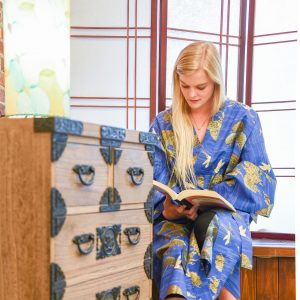Japan is world-renowned for its exquisite textile arts and particularly for creating stunning kimono and yukata garments. These traditional Japanese clothing styles are more than just clothing. They represent the cultural history and traditions of the nation. But, Japan is facing a challenge in the manufacturing of kimono and yukata. A shortage of labor and skilled sewers coupled with the rising cost of fabrics due to Covid-19 have caused many businesses to shut down. Plus, the pandemic safety measures imposed by the government have put many other companies out of business. In this blog post, we’ll explore why kimono manufacturing has become so difficult in Japan.
First, let’s discuss the shortage of labor and skilled sewers. The average age of kimono and yukata sewers is around 60 years old. Since younger generations are not taking interest in sewing as a career choice, many manufacturers struggle to find workers. It is also a highly skilled trade that requires years of apprenticeship and practice. Furthermore, the pandemic has brought a halt to training and new hires because of social distancing and lockdowns.
Secondly, the cost of fabric has continued to increase since Covid-19. Many businesses rely on imported fabrics or silk, which has become more expensive because of shipping restrictions. This has caused some manufacturers to cut costs by using cheaper and lower quality materials or find alternative ways to source the materials. Some businesses may have to change their strategy and focus more on the domestic market to save costs.
Thirdly, many businesses shut down because they couldn’t survive the lockdowns and precautions Japan initiated during the pandemic. The pandemic has caused a huge economic impact in Japan, and many small businesses and manufacturers have been forced to shut down. For kimono manufacturers, the cultural significance of the garment may have made it difficult to pivot to more fashionable, modern garments.
Lastly, Japan was under tight scrutiny for several years. Specifically, the government restricted the export of some materials and manufacturing processes to prevent imitation from other countries. It’s not only the manufacturing process, but the silk and fabrics are heavily controlled and monitored. While these measures have maintained the quality of kimono manufacturing, it has also made it difficult for companies to innovate and adapt to changing market demands.
As we have learned, the manufacturing of kimono and yukata has become increasingly difficult in Japan because of a shortage of labor and skilled workers as well as the rising costs of fabrics due to Covid-19. Plus, the pandemic safety measures imposed by the government have put many other companies out of business. Japan prides itself on its traditional textile arts and crafts, and it’s a shame that this art form is slowly diminishing.
However, it’s not all bad news. Some manufacturers are finding success with modern designs and materials that cater to a younger audience. It is the creative minds who will bring the new and old together and create the perfect balance for the future. It is up to us to preserve this distinct part of Japan’s culture by continuing to support its production and encourage future generations to learn and take an interest in it.
Chopa stands by it’s producers and manufacturers. Changes have been made but with integrity and quality at the top of our goal. Materials have been maintained, not cheapened. Locating and maintaining quality, skilled, veteran sewers is a must. We would rather forfeit some styles for a period of time rather than accept inferior. We are grateful for our longstanding relationships and the efforts of our partners. Long Live the Kimono and Yukata. See our entire remarkable collection of Japanese robes at www.chopa.com.








